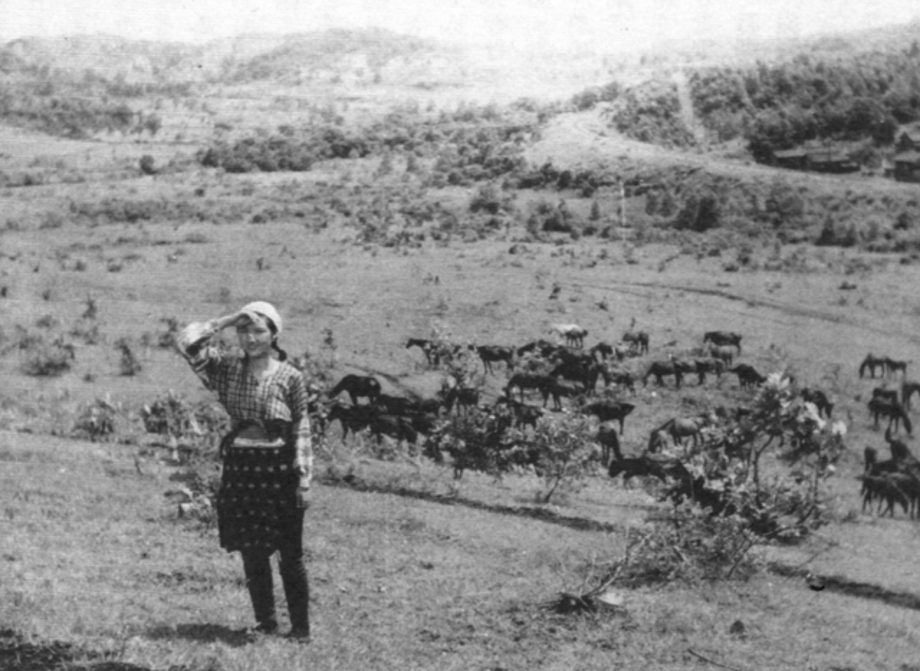On July 8, 1937, the hostile confrontation at the Marco Polo Bridge ignited the full-scale war between China and Japan. It was the beginning of the Second Sino-Japanese War (1937 – 1945), which eventually developed into the World War II in the eastern hemisphere. Japanese Imperial Army and Navy fought fierce battles in Beijin, Shanghai, Nanking and other major areas in China, expanding the Empire’s territory. ‘Our Soldiers Attack Enemy’s Front !’, ‘Our Imperial Soldiers Fire Back At Hostile Enemies !’, “A White Flag on the Enemy’s Hill !”, these audacious headlines were splashed across the newspapers almost every morning. As in many industrialized nations in the first half of 20th century, Japanese newspapers played the decisive role in forming national opinion and sentiment during the war. Their day-to-day reports from the battlefront were rarely objective data and facts, but read like fanatic pamphlet written in boiled blood.
As I have discussed before, this Marco Polo Bridge Incident and subsequent battles in China helped to promote talkie movies, which more than doubled in numbers in 1937. This increase was due to surge in popularity of newsreels. In fact, within a few months, dozens of newsreel movie theaters – specialized in newsreels and other short subjects – opened in major cities across Japan, trying to make quick cash.
There were five major newsreel production companies in January 1938:
Asahi (Asahi-Sekai News, 朝日世界ニュース)
Mainichi (Tou-Nichi Dai-Mai Kokusai News, 東日大毎国際ニュース)
Yomiuri (Yomiuri News, 讀賣ニュース)
Shinbun Renmei (Shinbun Renmei News, 新聞聯盟ニュース)
Doumei (Doumei News, 同盟ニュース)
However, in 1940, all newsreel companies were merged under government supervision, to become Nippon News. Their weekly newsreel is the notorious propaganda (just like Die Deutsche Wochenschau in Nazi Germany), which successfully obscured the realities of war and glorified sacrifice of fellow men.
I was interested in the impact of newsreels to general public in the early years of the war. So I browsed through old issues of Kinema Junpo from 1938, and found these numbers: there were seven to eight newsreel theaters in Tokyo, each of them collecting somewhere around from 400 to 800 yen with 0.1 or 0.2 yen admission on Sundays. This means 6,000 to 7,000 viewers per theater per Sunday in Tokyo. That is 42,000 to 56,000 viewers on Sunday in Tokyo. Most of the newsreels were weekly, so each newsreel saw somewhere between 100,000 to 200,000 viewers in Tokyo, 400,000 at most. Population of Tokyo in 1940 was 6,780,000. So, rough estimate falls into the range of a few percent of population. Even if you wanted to talk about the wonderful heroic act of our soldiers you had seen the previous night, there would have been one or two, if any, who had seen the same newsreel among your neighbors or colleagues in office. It is not much, isn’t it?
But these are the number of viewers, who actively sought to see a newsreel, paying an admission. It seems there were hundreds of newsreel screening events in local schools and community centers, usually sponsored by newspaper syndicates, school board or community patriotic groups. And it seems it had lasting impact on its targeted viewers, – children.

Pingback: Distant Sound of Symphonies (Part 1) – Enic-cinE